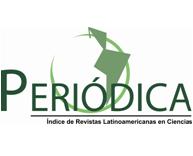WATER NETWORK INTEGRATION IN RAW SUGAR PRODUCTION
Keywords:
water integration, compound curves, sugar productionAbstract
One of the main process industries in Cuba is that of the sugarcane. Among the characteristics of this industry is the high demand of water in its processes. In this work a study of water integration was carried out from the different operations of the production process of raw sugar, in order to reduce the fresh water consumption. The compound curves of sources and demands were built, which allowed the determination of the minimum water requirement of the network (1587,84 m3/d), as well as the amount of effluent generated (0,35 m3/tcane).The distribution scheme of fresh water and water reuse among different operations were obtained from the nearest neighbor algorithm. From considering new quality constrains was possible to eliminate the external water consumption, as well as to reduce the amount of effluent in a 37% in relation to the initial constrains.




















